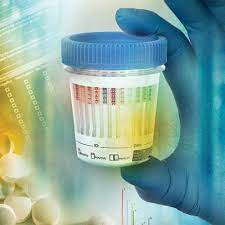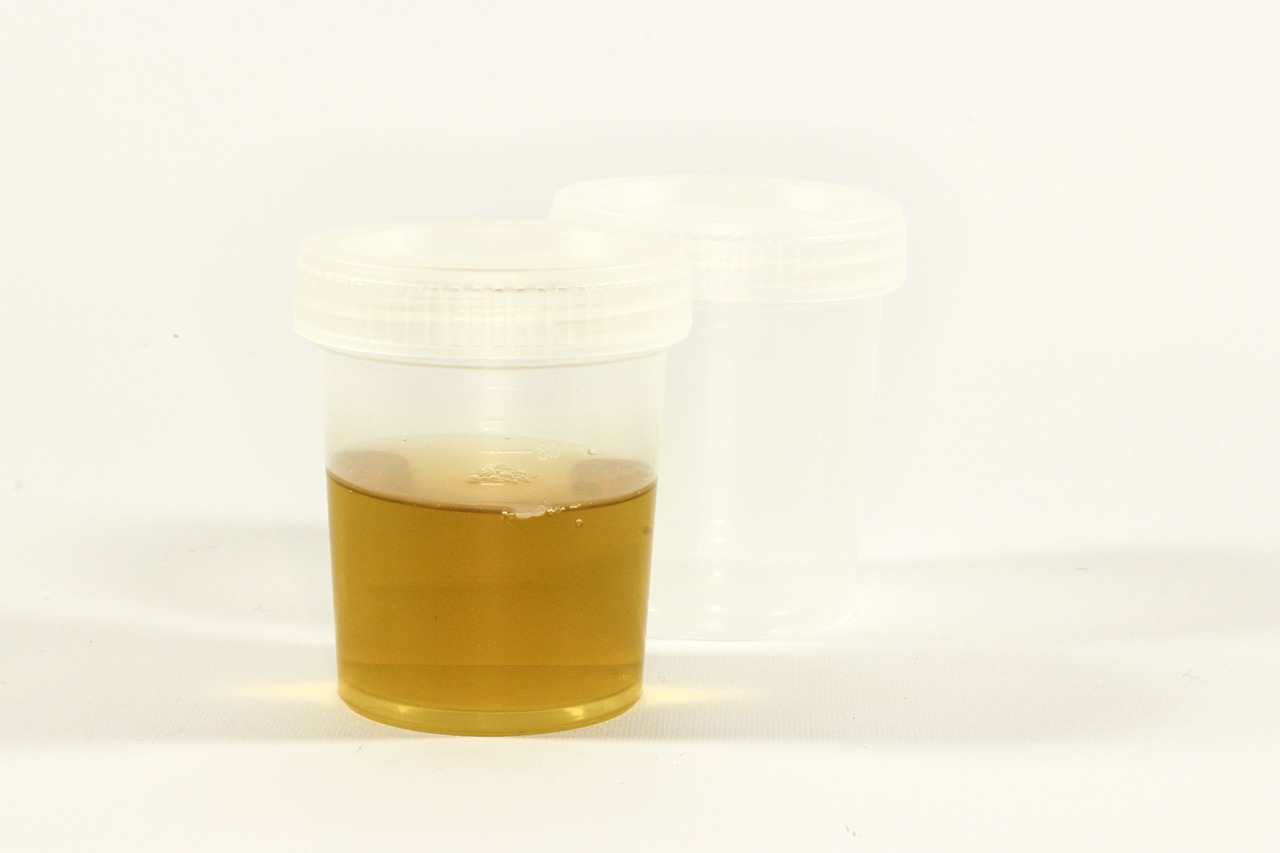The Drugs of Abuse Test—10 Panel Urine Test
The Drugs of Abuse Test—10 Panel Urine Test is a comprehensive screening method that analyzes a urine sample to detect drug abuse. It is commonly used by employers and healthcare providers to maintain safety and health standards. In addition to illicit substances, the Drugs of Abuse Test—10 Panel Urine Test also checks for commonly abused prescription medications, making it a more thorough evaluation than the 5-panel test.
When compared to the 5-panel test, it covers a broader range of commonly abused prescription drugs as well as popular illicit substances. Illicit drugs, often referred to as street or illegal drugs, are never used for medical purposes.
Substances detected by this 10-panel urine drug test are indicated below with their detection windows
|
Drug |
Detection Window | |
| 6-Acetyl Morphine (6-AM) | 1-2 days | |
| Amphetamines | : 1-2 days (varies by type) | |
| Barbiturates | Short-acting – 2 days;Long-acting – 1-3 weeks | |
| Benzodiazepines | Short-acting—2 days; Intermediate-acting – 5 days; Long-acting – 10 days |
|
| Cocaine (benzoylecgonine metabolite) | 4 days | |
| Marijuana (THC) | Single use – up to 7 days; Chronic use – 10-30 days | |
| MDMA (Ecstasy/Molly) | 1-3 days | |
| Methadone | 7 days | |
| Methaqualone (Quaaludes): | 2-4 days | |
| Opiates: | 1-4 days | |
| Phencyclidine (PCP) | 8 days | |
| Propoxyphene | 6 hours to 2 days |
Brief overview of the Drugs of Abuse Test—10 Panel Urine Test.
When drugs are consumed, the body breaks them down, producing metabolites that are excreted through urine. This process is predictable, as individuals metabolize drugs at a similar rate. Therefore, the presence of drug metabolites reliably indicates recent drug use.
Urine testing offers several advantages over other methods. Compared to blood tests, urine tests are non-invasive, painless, and have a longer detection window for drug metabolites. Although hair tests have a longer detection period, they are also significantly more expensive.

Fig 2.0 Drugs of Abuse Test—10 Panel Urine Test strip for reliable Drug Screening
The Drugs of Abuse Test—10 Panel Urine Test Detection Windows
Each drug has a specific detection period, influenced by factors such as dosage, sample types, and individual metabolism. To account for the limited detectability of drugs, tests are often conducted randomly.
More about the 10-panel urine drug test
- 6-Acetyl Morphine (6-AM): An intermediate metabolite between heroin and morphine, its presence in urine indicates heroin use.
- Amphetamines: Potent stimulants that affect the central nervous system, often prescribed for Parkinson’s disease, ADHD, and narcolepsy.
- Barbiturates: Central nervous system depressants with sedative properties, detected for varying durations based on short-acting or long-acting types.
- Benzodiazepines: Psychoactive drugs, known as tranquilizers, are often prescribed for anxiety. Detection time varies based on dosage and chronic use.
- Cocaine: A highly addictive stimulant derived from the coca plant, detectable in urine for a few days after use.
- Marijuana (THC): The most commonly used drug containing THC, the main psychoactive compound. Detection time varies based on frequency of use.
- MDMA (Ecstasy/Molly): A stimulant and psychedelic drug often distributed in tablet form, affecting serotonin levels in the brain.
- Methadone: A prescription opioid used for addiction treatment, helping manage withdrawal symptoms without producing a high.
- Opiates: Derived from the poppy plant, used recreationally and medicinally. Includes legal opiates like codeine and morphine, as well as illegal substances like heroin.
- Phencyclidine (PCP): A dissociative drug causing hallucinations and detachment, commonly known as “angel dust.”
Preparing for the Drug of abuse Test and What to Expect
- To ensure accurate results, avoid excessive fluid intake before providing a urine sample.
- Drinking excessive water in an attempt to manipulate the test can invalidate the results.
- Bring a valid ID card or a test requisition form issued by the institution requiring you to test for drugs/substance abuse.
At the lab, the technician will provide instructions for the simple process. You will be asked to use the restroom and provide a urine sample in a container.
Understanding the Results of the Drug of Abuse Test: 10-Panel Test.
Results for urine drug of abuse tests typically become available within 6 hours. If a drug tests positive, confirmation may require an additional 2-4 days. The test provides either a positive, negative, or inconclusive/invalid result.
- A positive result indicates the presence of one or more drugs at detectable concentrations.
- A negative result indicates that drugs were either not found in sufficient concentrations for a positive result or were not detected at all.
- An inconclusive or invalid result indicates an unsuccessful test for drug presence. This may be caused by interference with the sample, such as dilution with water.
NB: We test the urine to guard against contamination or dilution.
How to Order Drugs of Abuse Test—10 Panel Urine Test.
Please click the ‘Order Test’ button and put the immunofluorescence analysis in Michel’s medium in your cart.
You are welcome to visit our laboratory in Kilimani, Nairobi.
This will initiate the process for obtaining your test.

